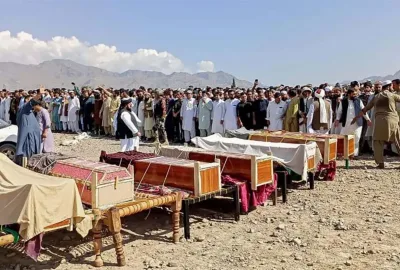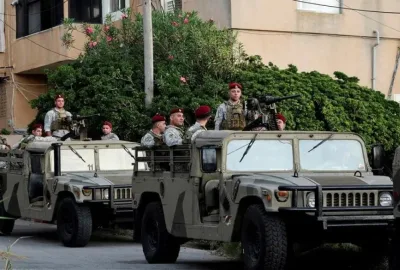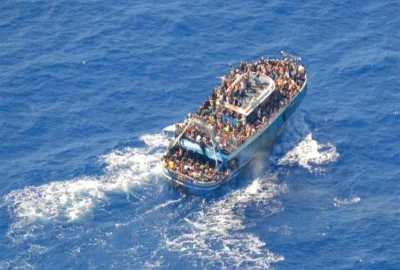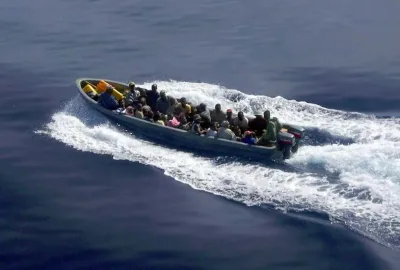UN warns of looming catastrophe as hundreds of thousands more arrive at settlements that do not…
UN warns of looming catastrophe as hundreds of thousands more arrive at settlements that do not have enough food or water.
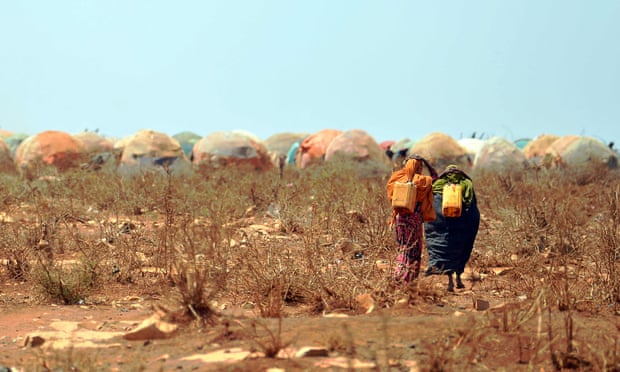
Somalia’s displacement camps are coming under intense pressure with more than 300,000 people leaving their homes in search of food and water so far this year as the country experiences its worst drought in decades.
People have been walking miles to camps, already home to those escaping the country’s protracted violence, after three consecutive failed rainy seasons since October 2020 that have decimated crops and livestock. Somalia has more than 2,400 such settlements, which already lack resources.
The UN has warned that Somalia is “staring at a potential catastrophe” this year.
“This camp is overcrowded, with no access to food, water and healthcare. We have not had water for one week. The truck that used to bring us water did not come,” said Mohamud Mohamed, who travelled 80 miles to a displacement camp in Luuq, in southern Gedo province, after most of his village’s livestock died of thirst. “People eat one meal a day or two, if they are lucky, and making tea counts as a meal here. The situation is extremely difficult.”
According to the UN, more than a quarter of Somalia’s population urgently needs food aid. About 1.4 million children under five are likely to be acutely malnourished. Conditions are expected to get worse, with no rains due until April.
The famine early warning systems network has warned April’s rains will probably be below average, which humanitarians say would increase the likelihood of a famine.
Islamic Relief said that during a visit to the Bardhere camp in Gedo, its staff found people living in basic shelters with little food and water, with many on “the brink of death”. The charity said there had been several deaths, including that of a baby, during their visit.
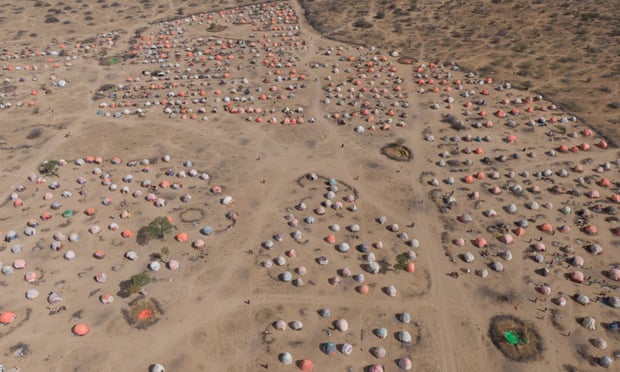
At the Luuq camp, the Irish Catholic NGO Trócaire said it had found starving children. On Wednesday, Care International’s Somalia country director Iman Abullahi said schools at displacement camps were overcrowded because of the new arrivals.
Figures from the UN refugee agency suggest most of the 317,000 people displaced since January left their homes because of drought. Almost a fifth of Somalia’s population is now internally displaced.
“The camps are the only place they know there is help, so if all of your food is gone and livestock is dead you go there,” said Aliow Mohamed, disaster response manager at Islamic Relief.
“This means growing pressure on existing IDP [internally displaced people] camps. Many are living in shelters just made of plastic sheeting and poles. These camps have nothing. As they grow more crowded, there are more issues with hygiene, water supply and protection.”
He said farmers had already been hit hard by the locust swarms in early 2020 that wiped out crops.
Save the Children said that at least 700,000 livestock had died in two months last year. The UN reported some areas have lost 80% of their livestock.
Mohamed, at the Luuq camp, said his family lost 80 goats and 12 cows in three months last year.
“Everyone left the village,” he said. “If we stayed any longer, my children and elderly parents would be the next to die of hunger.”
At the beginning of the month, 43 died and more than 14,000 were displaced when fighting over land for pasture and water erupted between two clans. Those displaced are now living in makeshift shelters.
A $1.46bn (£1.07bn) humanitarian appeal for Somalia launched in December has only received 2% of the money needed.
Etienne Peterschmitt, the Somalia representative for the UN’s Food and Agriculture Organization, said the humanitarian response to the crisis had been more effective than in the past, but needed scaling up to ease the rising pressure on displacement camps.
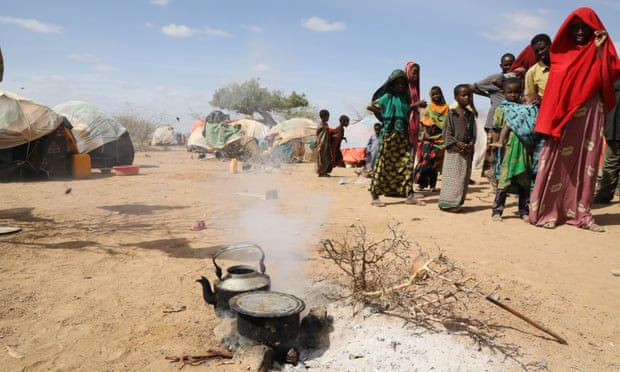
“A concerted humanitarian scale-up by the international community is needed urgently to prevent even worse outcomes in the coming months,” said Peterschmitt. “Bringing assistance to rural areas, as close as possible to affected communities, will prevent massive displacement, related aggravating risks and excess mortality.”
Abdullahi Osman, a member of the national emergency committee, the Somali government body overseeing the response to the crisis, said the country was calling for international support. “We have been mobilising local resources from the business community to reach those most vulnerable.
“The committee sent money to 19 cities so far but that is not enough. In addition to the resource shortages we are also hampered by accessibility due to insecurity as well as lack of coordination and absences of public authority in some of the regions affected by the drought.”
According to the World Food Programme, the Horn of Africa is experiencing its driest conditions since 1981, with 13 million people across Kenya, Somalia and Ethiopia facing severe hunger.


